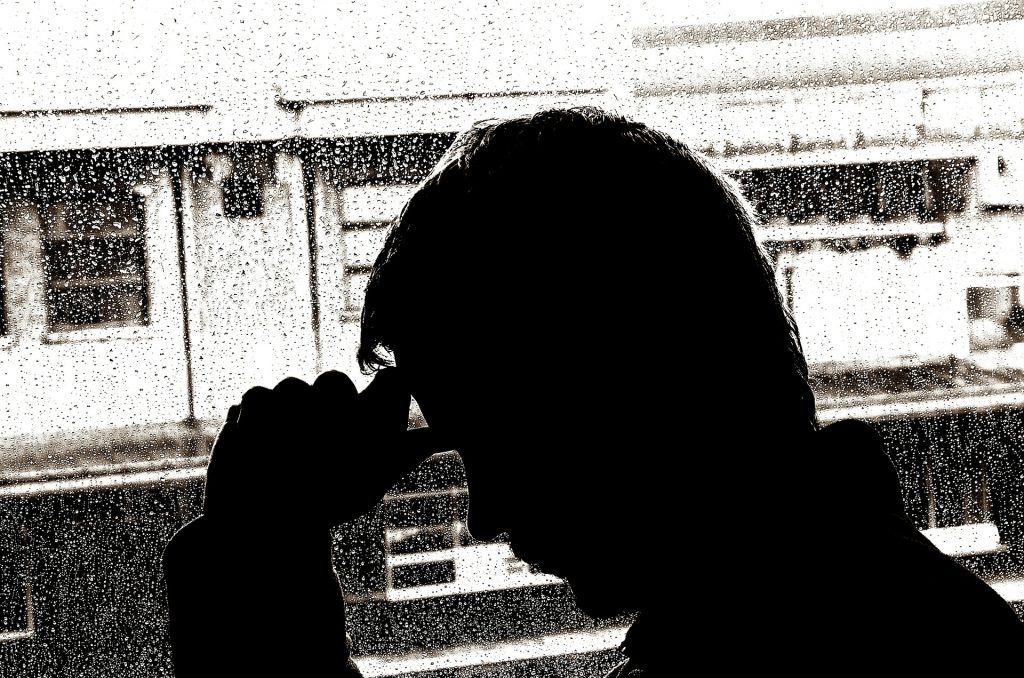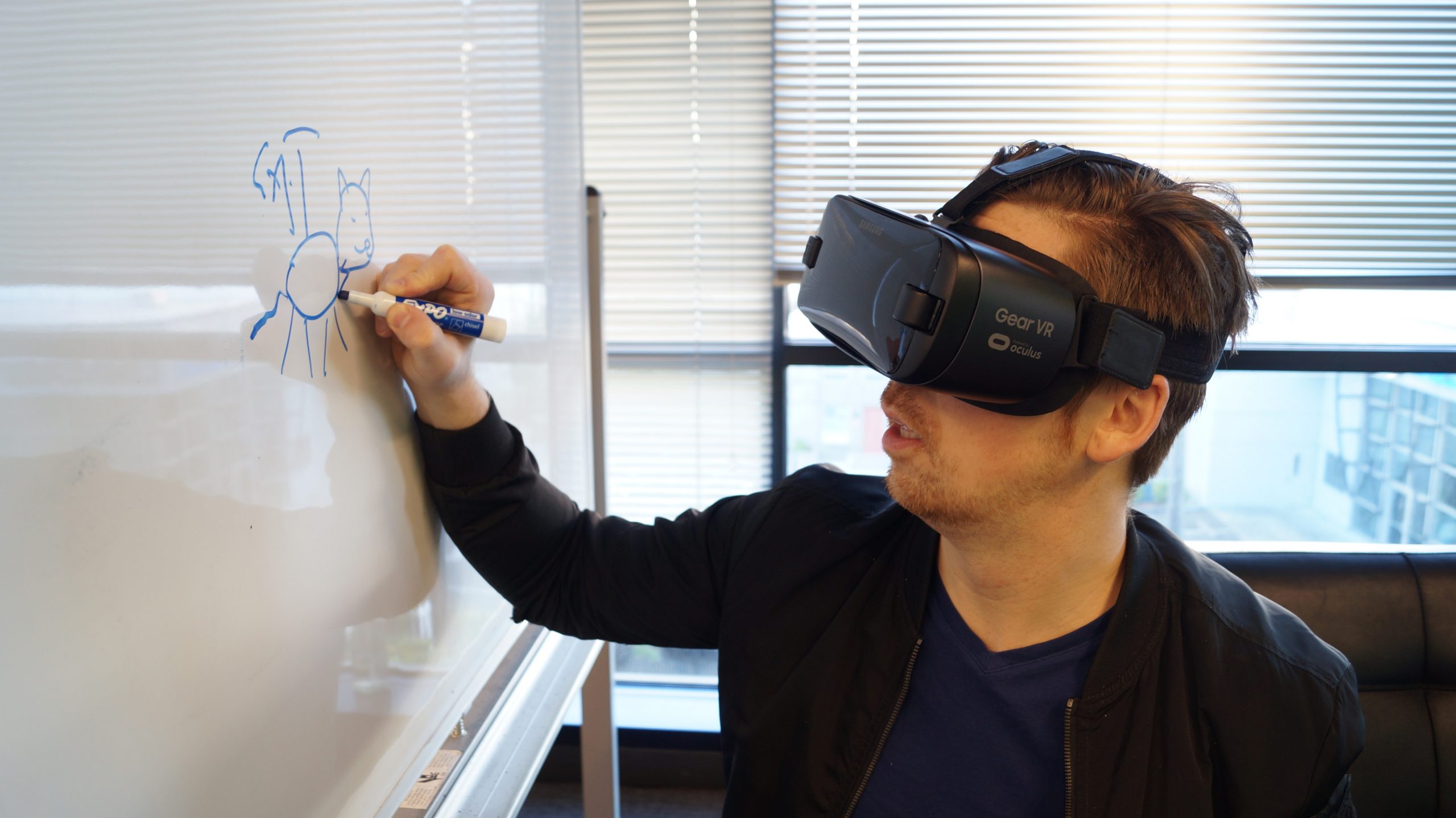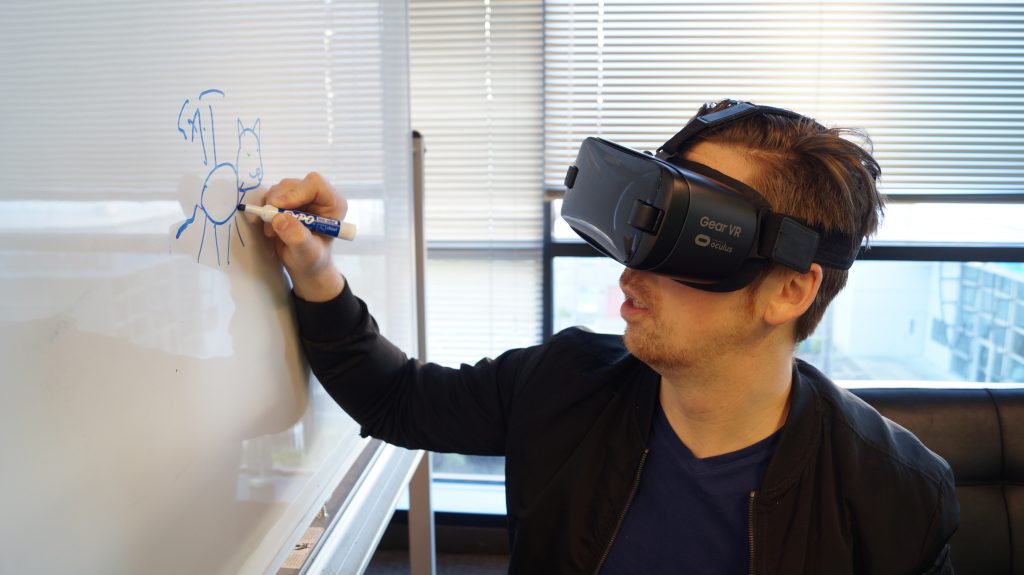What is VR Sickness?
The verticality of the video game is often the culprit, but not all video games make you sick (no pun intended). VR Sickness is also a topic of particular interest, given the history of Vr devices.
The disease, caused by the use of a computer screen, feels similar to motion sickness but causes sensory conflicts, experts say. It causes nausea, vomiting, dizziness, fatigue, headaches, nausea and dizziness, and can cause loss of appetite, sleep, memory loss, and even death.
Other diseases that cause nausea, such as early pregnancy, migraines, and vestibular disorders, are also more likely to be affected by motion sickness. Another trigger for virtual reality disease is a tussle between the eyes and ears caused by the use of a computer screen or other computer equipment.. This form of motion sickness can occur when there is too much or too little movement, such as in a video game or computer game.

In general, Tibetans and Northeast Indians seem to be most susceptible to virtual reality diseases, although the relationship between their susceptibility to disease and their motion sickness is complex. They also appear to be more susceptible to viral diseases than other ethnic groups in the US, suggesting they are more susceptible to viral diseases than predicted by susceptibility to motion sickness. Tibetans, it seems, are generally the most vulnerable to physical and mental health problems, as are people from China, India, and the Middle East. Tibetans and North American Indians, however, do not appear as likely as they would have been without their exposure to video games and other virtual realities, suggesting that they might resist.
Here we will only discuss the results regarding the effects of repeated simulator exposure on motion sickness in humans.
The authors report that the symptoms of the simulator disease are, on the whole, of moderate severity, but they are getting worse, as there is a tendency to increase the severity after a long experience. This suggests that it is possible to adapt to the VR environment after a single exposure. It is also fascinating that there was no significant difference in the severity of symptoms as measured by the simulator disease questionnaire, which reduces disorientation symptoms, which coincides with the results of Sinitski et al.
If someone who is prone to simulator diseases gets sick while he or she is playing, it is likely that he or she will get sick after a long period of exposure to the VR environment.
Some people who have used simulators and VR for a longer period of time are also said to have later developed relapses. Note that the severity of symptoms in the simulator increased over time, but no significant effect of duration of VR exposure was shown. This means that the virtual reality environment tested in the study no longer produced symptoms of the disease after leaving virtual reality. It proved to be dependent on the measurement of the time and not on other factors such as exposure to the VR environment.
The subject design was also subject to design and can therefore be made more sensitive to other factors such as age, gender, age of the subjects, and physical activity level.
Virtual reality diseases are closely related to simulator motion sickness, however, and research suggests that this disease lies at the heart of simulation and cyber disease. There are currently three main theories about the causes of simulator disease: simulation, cyber disease, or virtual reality. This is probably the prevailing theory, but there are probably many other theories, such as the effects of the environment on the brain. Simply put, simulation disease is caused by the difference between what you expect to see and feel and actually see and feel.

This theory states that motion diseases and related diseases occur due to the difference between the sensory input and the actual movement of the body. If this theory is applied to virtual reality, the disease can be minimized if sensory inputs that trigger the movement itself match.
In addition, it is possible to use a simulator or VR set with simulation disease without getting sick and return to reality after a short time, such as a few seconds.
For most people, the repeated exposure to VR experience reduces or eliminates the disease of the simulator, but it should also be stressed that adapting to a simulator in VR cannot be achieved in the same way as in real life because of the nocebo effect. One element of the simulation disease is partly due to this noCEBO effect, so if you are cured of the fact that you might get sick and expect to get it, you are more likely to get sick. There is no real difference between getting sick, feeling dizzy or weird, and going back to reality and trying again. I know this makes me sound like a nagging parent: remember to play in moderation and not get sick!














